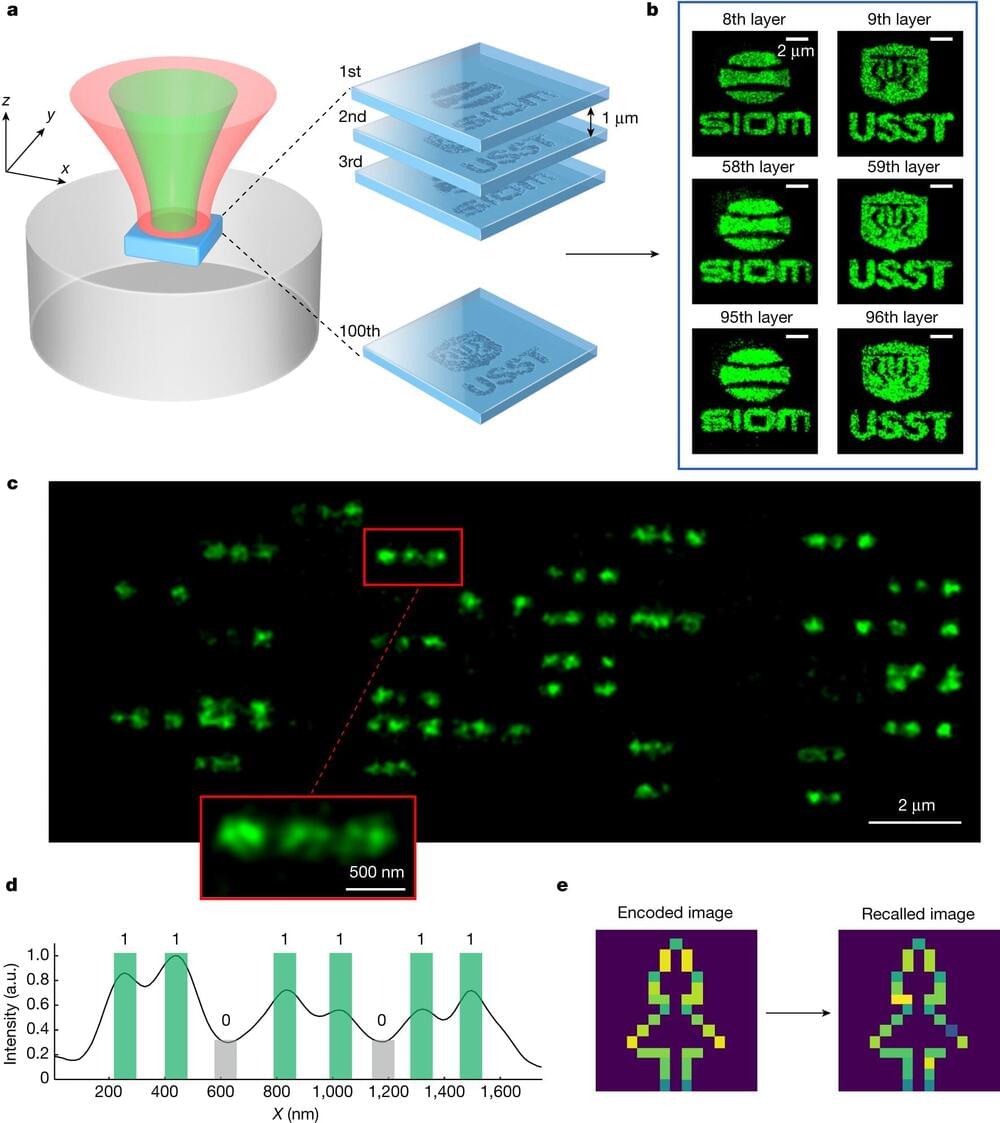The most popular words of 2023 were recently released, with AI Large Language Model (LLM) unquestionably topping the list. As a front-runner, ChatGPT also emerged as one of the international buzzwords of the year. These disruptive innovations in AI owe much to big data, which has played a pivotal role. Yet, AI has simultaneously presented new opportunities and challenges to the development of big data.
High-capacity data storage is indispensable in today’s digital economy. However, major storage devices like hard disk drives and semiconductor flash devices face limitations in terms of cost-effectiveness, durability, and longevity.
Optical data storage offers a promising green solution for cost-effective and long-term data storage. Nonetheless, optical data storage encounters a fundamental limitation in the spacing of adjacent recorded features, owing to the optical diffraction limit. This physical constraint not only impedes the further development of direct laser writing machines but also affects optical microscopy and storage technology.
